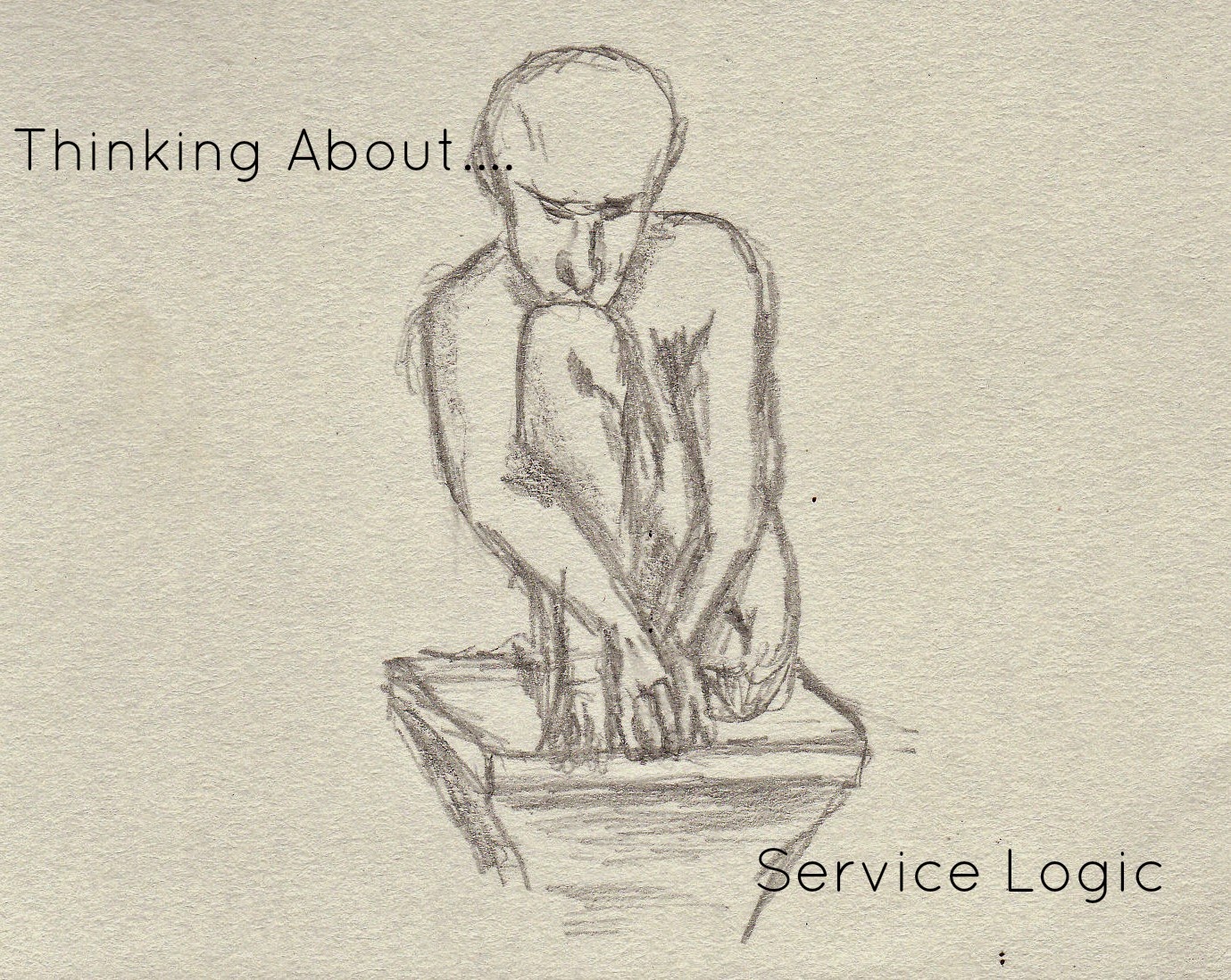The process of developing a better service logic approach requires more than wishful thinking and running the same process over and over in hopes of doing something new. Organizations that focus on integrating their service concept throughout their operations will be rewarded through greater market relevance and customer support. It is helpful to encourage customers to be co-creators and then developing operations around their needs to ensure focus.
Integrated service frameworks relies on taking customers suggestions based on their problems, using their input to develop a salable solution, and then integrating the information throughout operations. The lens of understanding requires the company to think through customer problems and service solutions to successfully move to the next level.
Jobs-to-be-done (JTBD) offers insight into organizational needs to solve customers problems while service-dominant logic (SDL) focuses efforts on the customers needs. Using jobs-to-be-done with service-dominant logic in the viewing of firm marketing programs offers a much higher customer oriented outcome (Bettencourt, et. al. 2014). The design of the operations and marketing process should be based in solving problems.
This provides a much stronger framework for seeing how operational designs do not often coordinate well to a final product or solution. Customers don’t concern themselves with the internal mechanisms of the company but do become acutely aware when a service mistake costs them time, money, or a good time. Upset customers don’t often come back but they are often willing to share information to either the company or other customers.
Understanding customers and drawing them into finding solutions that help the organization to better align its offerings to solving marketing problems is better than shooting blindly at a market opening. The customer provides a gentle hand and will tell you what they are looking for and how to market to them. Organizations must only adjust their data gathering and strategic processes to the customer's needs.
Once the information and product is obtained from the customer it is beneficial to revisit the operations for improvement and better focus on customer needs. It is a feedback process that helps companies take in information, analyze that information, and then adjust operations to meet the market needs and improve sales. Living and breathing organizations that adjust to market problems will outlive their more stagnant cousins through greater market relevancy.
Bettencourt, L., et. al. (2014). A service lens on value creation: marketing’s role in achieving strategic advantage. California Management Review, 57 (1).

